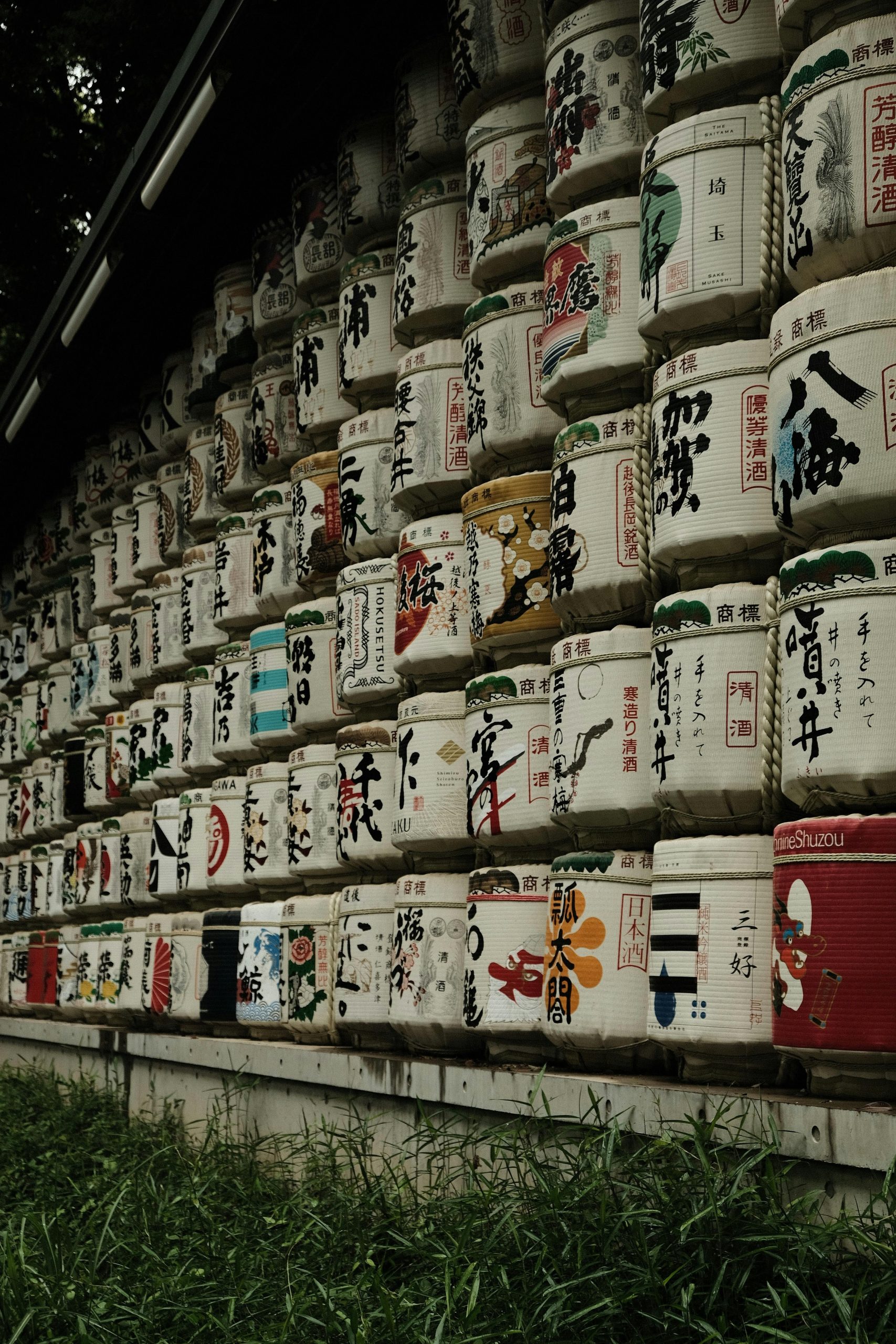It is true that drug cartels are often depicted as extremely violent and ruthless in Hollywood productions, and while these portrayals can sometimes be exaggerated for dramatic effect, the reality of drug cartel activity is indeed horrific and has devastating consequences.
Here’s a breakdown of why the Hollywood depictions, while sometimes stylized, are rooted in a very real and brutal reality:
Reality of Drug Cartel Violence:
- Extreme Violence: Drug cartels are responsible for staggering levels of violence, including massacres, torture, beheadings, and assassinations of rivals, law enforcement officials, journalists, and even civilians. This violence is often used to intimidate rivals, control territory, and enforce their will. For example, the CJNG cartel in Mexico is known for its extreme and public displays of violence, including displaying mutilated bodies and using social media to spread terror.
- Sophisticated Operations: Cartels operate with a high degree of organization and sophistication, utilizing advanced weaponry, communication networks, and even cyber capabilities. They engage in large-scale coordinated attacks against security forces and civilian targets, as demonstrated in the “Battle of Culiacán” where the Sinaloa Cartel effectively overwhelmed Mexican authorities.
- Corruption: Cartels deeply infiltrate and corrupt various levels of government, law enforcement, and the judicial system to ensure their operations continue unimpeded. This corruption undermines the rule of law and makes it difficult to combat their activities.
- Economic and Social Impact: Beyond direct violence, cartels cause immense social damage. They exploit vulnerable populations, contribute to public health crises through drug addiction, and destabilize communities through fear and intimidation. The production of illegal drugs also has a devastating impact on source countries through violence, exploitation of indigenous people, and environmental destruction.
- Retaliation: Cartels are known for swift and brutal retaliation against anyone perceived as a threat, including law enforcement, military personnel, government officials, and media organizations. This creates a climate of fear and silence.
Hollywood vs. Reality:
- Exaggeration for Drama: Hollywood often amplifies the violence and drama for entertainment purposes. While the core of the violence depicted is real, specific events or characters might be fictionalized or sensationalized.
- Focus on Certain Aspects: Films and TV shows might focus on specific aspects of cartel life, such as the lavish lifestyles of drug lords or intense shootouts, which might not represent the full spectrum of their activities and impact.
- Simplification of Complexity: The intricate networks, political influences, and socio-economic factors that contribute to the rise and power of cartels might be oversimplified in Hollywood narratives. For example, the idea that the death of one drug lord will end a cartel’s operations is often unrealistic, as power vacuums are quickly filled by rivals.
In conclusion, while Hollywood might take liberties for storytelling, the fundamental depiction of drug cartels as extremely dangerous, violent, and having a devastating impact on society is very much in line with reality. The violence, corruption, and social disruption caused by these criminal organizations are severe and well-documented.
What effects do they have on normal people as opposed to competetive drug cartels?
Drug cartels have far-reaching and devastating effects that extend beyond their direct interactions with each other. Here’s a breakdown of their impact on normal people versus competitive drug cartels:
Effects on Normal People:
- Violence and Insecurity: Normal people living in areas with cartel presence often experience high levels of violence, including homicides, kidnappings, extortion, and armed conflicts. They live in fear and insecurity, with their daily lives disrupted by cartel activities and turf wars. For instance, in cities like Tijuana or Ciudad Juarez in Mexico, residents have historically faced extreme violence linked to cartel disputes.
- Erosion of the Rule of Law: Cartel corruption of government officials, police, and the judiciary undermines the rule of law. This leads to a lack of trust in institutions and a sense of impunity for criminal activities, directly affecting the safety and rights of ordinary citizens.
- Economic Disruption: Cartel activities can stifle local economies through extortion, the creation of illicit economies that compete unfairly with legitimate businesses, and the displacement of populations due to violence. Some research suggests that the presence of cartels does not benefit local economies and can even lead to decreased production and employment in affected areas.
- Public Health Issues: Drug cartels fuel drug addiction within communities, leading to public health crises and increased strain on healthcare systems. The social fabric of communities can be damaged by widespread substance abuse.
- Social Disintegration: The violence and fear instilled by cartels can lead to the breakdown of social structures and community bonds. People may be afraid to interact, and social capital erodes.
- Migration and Displacement: The extreme violence caused by cartels forces many normal people to flee their homes and communities, leading to internal displacement and migration to safer areas or other countries. Families like Eduardo’s, mentioned in one of the Search Results, seek safety from cartel violence by immigrating.
- Limited Freedoms: In areas under strong cartel influence, normal people may have their freedom of expression and movement curtailed due to fear of retaliation. The cartels may also attempt to control narratives and silence dissent.
Effects on Competitive Drug Cartels:
- Violent Conflict and Turf Wars: The primary effect of drug cartels on each other is intense and often brutal competition for territory, drug trafficking routes, and market share. This leads to frequent armed conflicts, assassinations of leaders and members, and the use of extreme violence to intimidate rivals. The historical conflict between the Medellin and Cali cartels in Colombia exemplifies this intense inter-cartel violence.
- Power Vacuums and Fragmentation: When a dominant cartel leader is captured or killed, or when a cartel is significantly weakened by law enforcement, it can create power vacuums. This often leads to fragmentation, with smaller groups vying for control, resulting in increased violence as these factions compete to establish dominance.
- Innovation in Criminal Activities: Competition can drive cartels to innovate in their drug production, trafficking methods, and other criminal activities (like extortion, kidnapping, and oil theft) to gain an edge over rivals and increase profits. The shift of some Mexican cartels into oil theft when anti-drug policies intensified is an example of this adaptation.
- Strategic Alliances and Betrayals: Cartels may form temporary alliances for strategic advantages, such as controlling a specific route or market. However, these alliances are often fragile and can break down due to shifting power dynamics or betrayals.
- Paramilitarization and Increased Firepower: To compete effectively, cartels often develop paramilitary capabilities, acquiring advanced weaponry and training their members in military tactics. This escalation of firepower intensifies conflicts between cartels and also poses a greater threat to state security. The CJNG cartel in Mexico is known for its paramilitary style and use of heavy weaponry.
- Diversification of Criminal Enterprises: To reduce risks associated with focusing solely on drug trafficking and to increase revenue streams, cartels often diversify into other illicit activities such as human trafficking, illegal mining, and extortion. This diversification can lead to new conflicts over control of these different criminal markets.
- Impact of State Intervention: Government crackdowns on one cartel can inadvertently benefit its rivals by weakening the competition. However, sustained pressure can also lead to the overall weakening and fragmentation of the cartel landscape, creating new competitive dynamics.
In summary, while normal people bear the brunt of the violence, insecurity, and social disruption caused by drug cartels, the cartels themselves are locked in a constant and violent struggle for power and resources, leading to innovation in criminal methods and a dangerous escalation of conflict. The effects are interconnected, as the violence between cartels directly impacts the safety and well-being of ordinary citizens living in affected areas.



